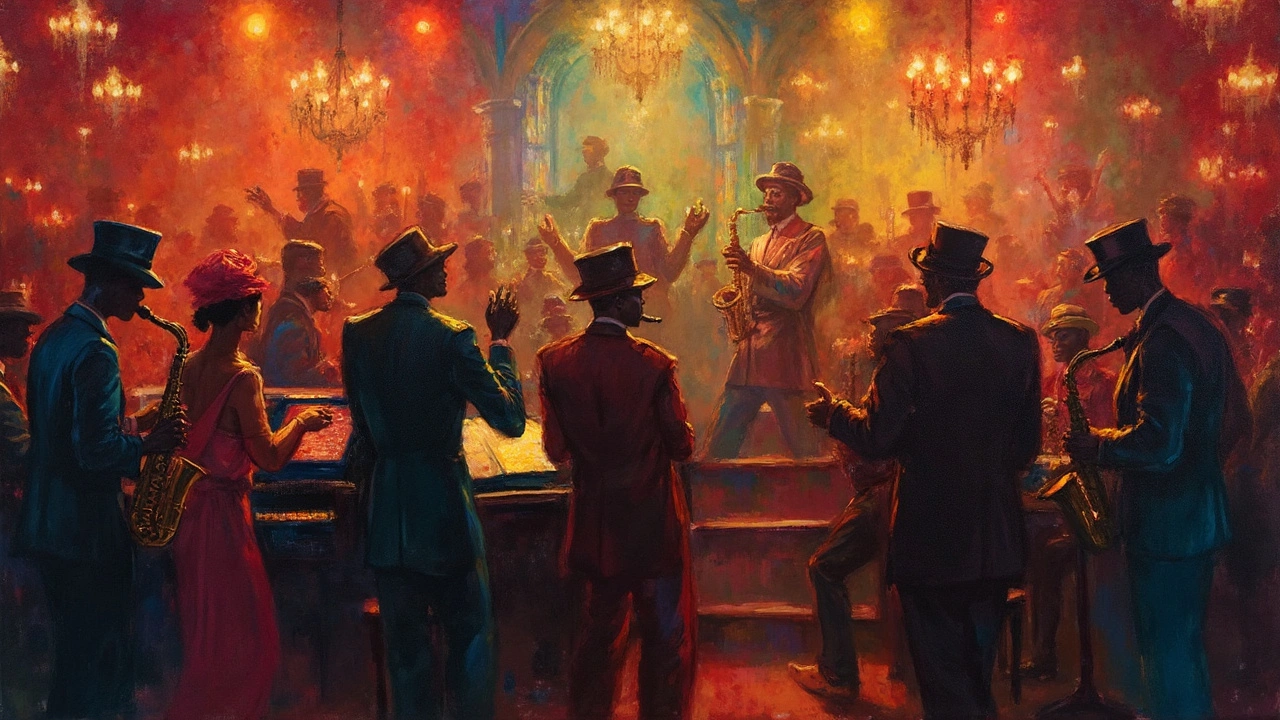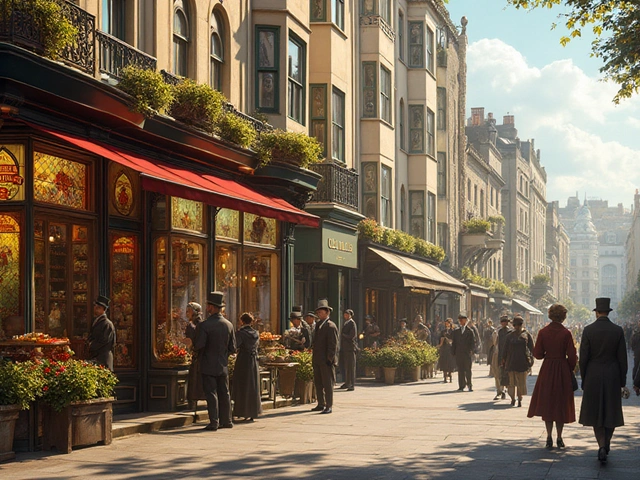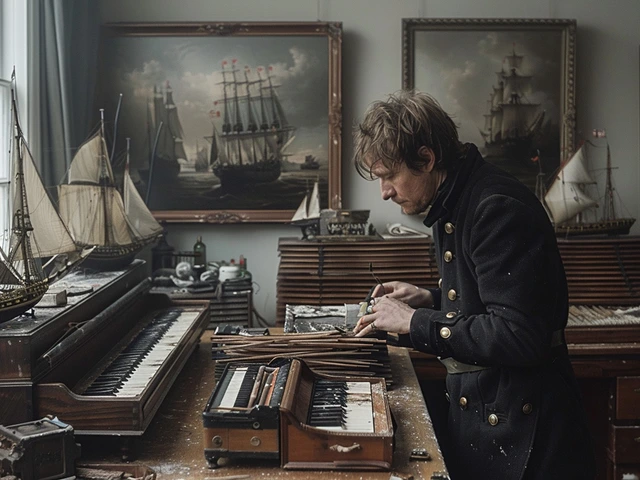Harlem in the early 1920s wasn’t just another New York neighborhood. Imagine thousands of young, talented Black writers, artists, and musicians converging on a few buzzing city blocks. For some, the sudden spotlight must’ve felt like stepping straight from shadow onto center stage. Picture Duke Ellington setting jazz clubs on fire, Langston Hughes scribbling lines that would reshape American poetry, Zora Neale Hurston giving a voice to Black folklore. The Harlem Renaissance didn’t just happen—it exploded, shaking up American art and culture in a way nobody could ignore. If you’ve ever wondered where American pop culture first got its groove, or how Black artists went from the margins to the main event, this is the story behind it.
Shaking the Stage: How the Harlem Renaissance Started and Why it Mattered
By the 1920s, Harlem was almost unrecognizable from its quieter origins. The Great Migration, a movement where over 1.5 million Black Americans moved from the South into northern cities, brought a sea of fresh voices and hope. Harlem became a cultural lightning rod, attracting talent hungry for opportunities denied to them elsewhere. More than just a place to live, it became a state of mind—a space where Black artists could create without apologizing, perform without fear, and write honestly about their experiences.
The Renaissance wasn’t just about art with a capital “A.” It was fueled by jazz clubs like the Cotton Club, which attracted crowds of both Black and white fans, turning racial barriers on their heads—at least on the dancefloor. There were rent parties (a Harlem tradition), where you’d chip in a little cash and squeeze in with neighbors to dance, listen to music, and keep the landlord away for another month. This DIY spirit meant the new Black art was accessible and real, pulled from the streets and inspired by daily life.
If you’re picturing exclusivity, though, forget it—magazines like "The Crisis" and "Opportunity" made sure the writers of the Harlem Renaissance hit a wide audience, not just the locals. Poets, novelists, and playwrights lined up to have their work published, pushing past the old stereotypes in American writing and focusing straight on voices that, until then, weren’t even allowed a microphone.
They were supported by wealthy patrons too, like Charlotte Osgood Mason, A’Lelia Walker, and Carl Van Vechten. But the real fuel was each other. This was a creative network: musicians inspired painters, writers critiqued each other, everyone pushed one another to go bigger and braver. At the heart of Harlem, Black Americans weren’t just making art for a crowd—they were redefining what it meant to be American.
Statistically, the numbers are striking. By 1930, Harlem had around 200,000 residents, mostly African American. In contrast, just twenty years earlier, there were fewer than 50,000 Black residents. With this population boom came an explosion of nightclubs (over 100!), literary journals, street festivals, and parlor concerts, making Harlem the undeniable epicenter of Black creativity.
Here’s a quick look at just how dramatic those cultural changes were:
| Year | Harlem Population | Number of Nightclubs | Major Publications |
|---|---|---|---|
| 1910 | ~50,000 | 5 | 1 |
| 1925 | ~175,000 | 80 | 5 |
| 1930 | ~200,000 | 100+ | 8+ |
So what made Harlem different? Part of it was simply the confidence to create. Black artists here weren’t imitating—they were inventing. For the first time, Black Americans could write novels about their own inner lives, compose symphonies, paint self-portraits, and know they weren’t alone in their ambitions. Their audience was ready and waiting, hungry for something true and new.
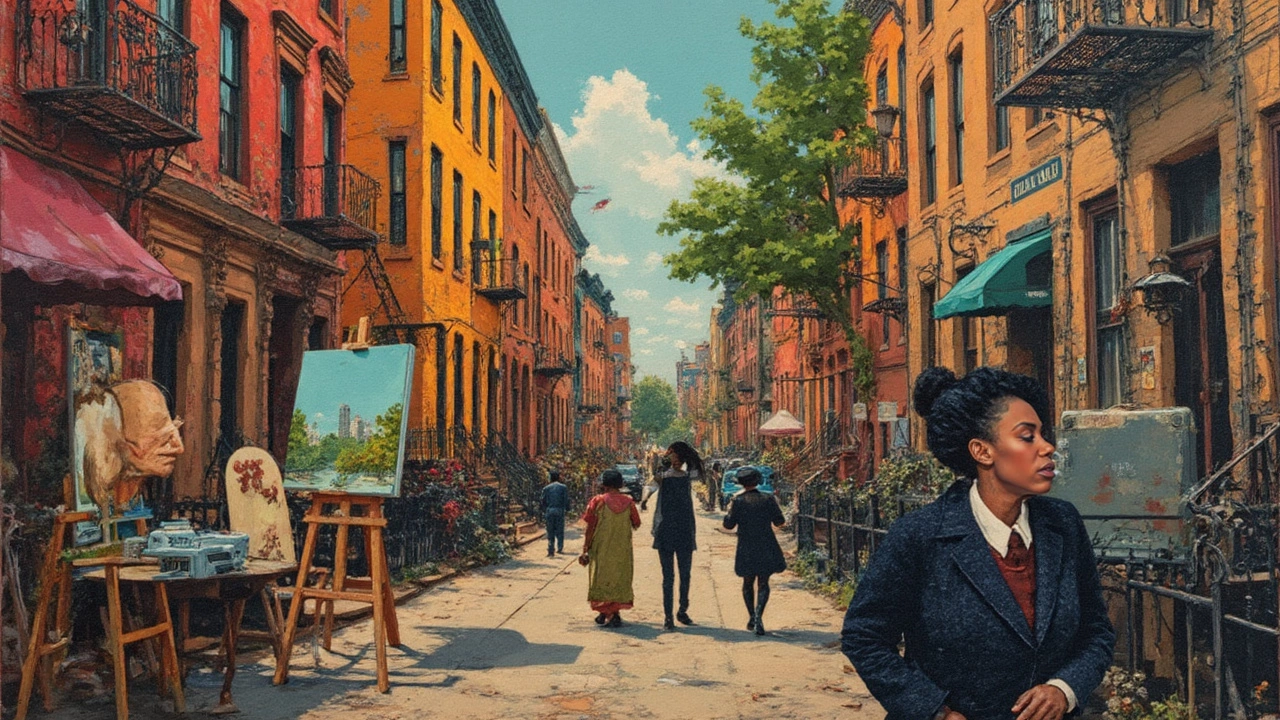
Not Just Jazz and Poetry: Harlem Renaissance Stars & Their Lasting Legacy
So who were the faces and voices behind the Harlem Renaissance? Sure, you’ve probably heard of a few. But the range—musicians, writers, painters, dancers—was mind-blowing. One name that leaps off every page is Langston Hughes. He was a poetic rebel, using the rhythms of everyday speech and jazz to write about working-class Black life. His poem "The Weary Blues" is a vital record of the times—if you’ve ever heard a jazz ballad at 2am after a tough day, you’ll get the feeling.
Another icon: Zora Neale Hurston, author of "Their Eyes Were Watching God". Her work didn’t just break ground with intricate stories of Black women—it celebrated the power of folk storytelling. When critics tried to box her in, she doubled down and kept writing in the authentic voices she’d grown up hearing. Then there’s Claude McKay, a Jamaican-born poet and novelist, whose novel "Home to Harlem" became the first best-selling novel by a Black American writer, challenging both Black and white readers with its portrayal of Harlem’s grit and beauty. McKay saw art as a weapon against racism and wrote with both pride and pain.
Can’t talk about the Harlem Renaissance without tipping your hat to jazz. This era gave birth to Duke Ellington and Louis Armstrong, two names you can still hear on playlists a hundred years later. Ellington’s orchestra at the Cotton Club wasn’t just background music. His compositions, blending blues, classical, and jazz, became the pulse of Harlem. Armstrong’s trumpet wailed in speakeasies and on radio waves, helping turn jazz into a global phenomenon. Singer Bessie Smith became the “Empress of the Blues” and helped put Black female voices front and center.
Visual artists like Aaron Douglas stood out too. Douglas’s murals and illustrations used bold lines and silhouettes—think Egyptian-inspired art meets American modernism. His piece "Aspects of Negro Life" still grabs you with its storytelling and its design, chronicling Black people’s lives from Africa to Harlem. Meanwhile, photographers like James Van Der Zee captured everything from glamorous portraits to block parties, providing a real-time snapshot of Harlem life you won’t find in a textbook.
Harlem’s theaters and stages didn’t just feature music, either. The Apollo Theater began as a spot for vaudeville, but by the late 20s, it was the place for Black talent—everyone from Billie Holiday to young Ella Fitzgerald performed there. Don’t forget the Harlem Renaissance Ballroom, which hosted epic dance marathons, beauty contests, and boxing matches. If you think today’s social clubs are lively, imagine a crowd of 5,000 getting swept up by the Charleston and the Lindy Hop, dances that started under Harlem’s own roof and then swept the country.
This firestorm of creativity wasn’t just fun and games. It rewrote the script for African American identity. Before the Renaissance, a lot of mainstream art portrayed Black folks through crude stereotypes or in the background. Artists in Harlem took back the narrative, putting real Black lives, dreams, struggles, and pride at center stage. It wasn’t just about art for art’s sake—the whole movement fought for civil rights, pride, and dignity.
And it worked. Stereotypes got challenged. White audiences and publishers took notice. Black art started showing up in museums, libraries, and radio programs. A generation of young Black Americans saw themselves reflected back as heroes, lovers, leaders, and artists, not just punchlines or sidekicks.
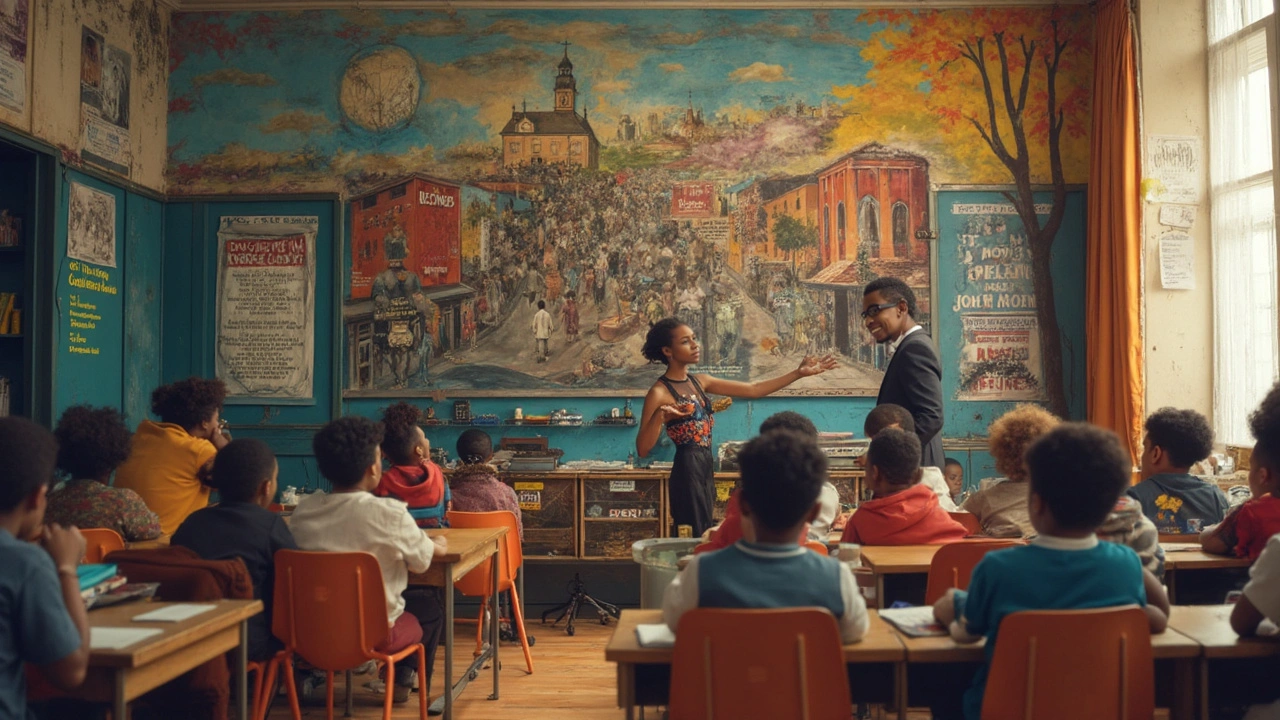
Lessons, Tips, and the Ripple Effect: Why the Harlem Renaissance Still Matters Today
You can still feel the impact of the Harlem Renaissance in everything from hip-hop and slam poetry to Netflix dramas and new jazz albums. A lot of artists today—even if they aren’t aware—stand on the shoulders of Hughes, Hurston, Ellington, and Douglas. When Kendrick Lamar wins a Pulitzer or Jordan Peele tells stories that center Black experience, it’s a direct thread from those Harlem days.
Even the business side of art changed. During the Harlem Renaissance, Black artists learned how to hustle—writing for magazines, performing in clubs, selling books. They invented new ways to find fans and earn a living from their craft, long before anyone thought streaming royalties or viral TikToks. Take the blueprint: collaborate with others, learn to pitch yourself, and fight to keep your voice unsilenced. That lesson still holds up in 2025.
If you’re curious about jazz, start with some of Ellington’s or Armstrong’s classic recordings—Spotify and YouTube’s got plenty of Harlem tracks that sound just as alive today as they did in a packed speakeasy a century ago. Reading more? Try Hughes’s poetry or Hurston’s memoir "Dust Tracks on a Road." If you’re a visual thinker, look up Van Der Zee’s photographs or Aaron Douglas’s paintings—they’re bold, wild, and unmistakable. Even modern TV series and films borrow from Harlem’s vibrant colors, rhythms, and fashion. Designers like Dapper Dan and Black Panther’s Ruth E. Carter took notes from Harlem’s tailoring and jazz-age flair. Next time you see a sharp suit, that’s Harlem echoing down the decades.
Here’s a quick list if you’re looking to dive deeper or get inspired today:
- Visit your local library or stream documentaries about Harlem. Check “The Jazz Age” miniseries or the Ken Burns documentary on jazz posted online.
- Read Black poets and authors aloud—Harlem’s writers wanted their words performed, not just read silently.
- Host a jazz listening night. Dust off the classics, turn up the speakers, and imagine yourself in a hot Harlem club.
- Try painting or sketching with Harlem Renaissance art as your prompt—copy Douglas’s strong lines or reimagine everyday scenes like Van Der Zee.
- Support contemporary Black artists who keep Harlem’s story alive, whether through local galleries, bookstores, or music streaming.
If you want to capture what made the Harlem Renaissance so electric, remember: this was about a community demanding to be seen, finding pride in every brushstroke and blues riff. It’s a lesson we still need. For anyone—especially young artists, writers, and musicians—who’s ever felt boxed in or left out, Harlem’s Renaissance shouts: your story matters. And that kind of legacy? It never goes out of style.

